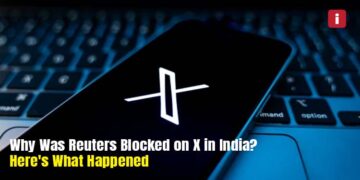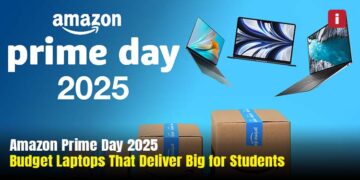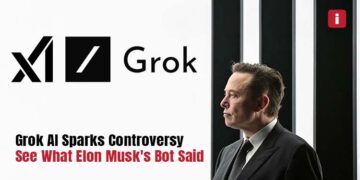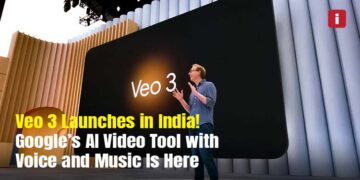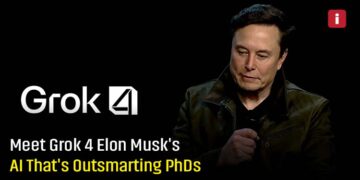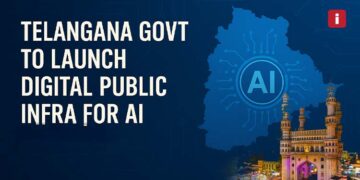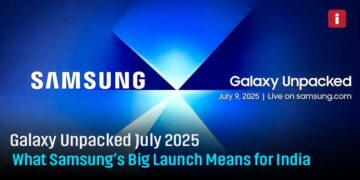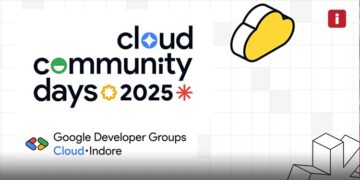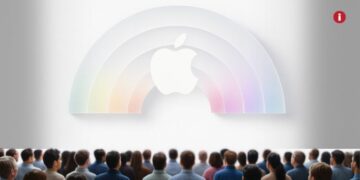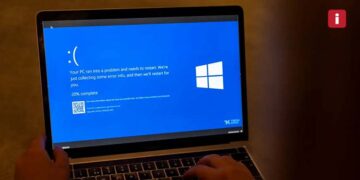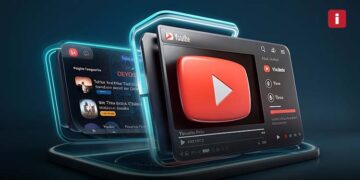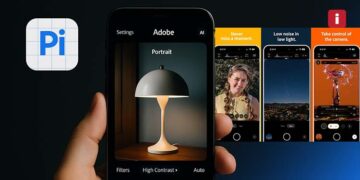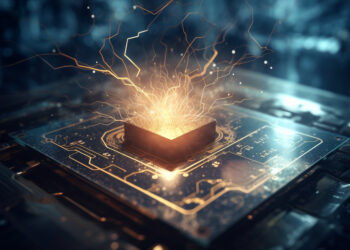Introduction
The Internet of Things (IoT) is more than just a buzzword; it is a transformative force in the digital age. With billions of connected devices around the globe, IoT is reshaping industries, optimizing business operations, and enhancing everyday life. From smart home automation to predictive maintenance in factories, IoT is revolutionizing our interaction with technology.
What is IoT?
The Internet of Things (IoT) refers to a network of interconnected devices, which can include anything from smart home appliances to industrial sensors. These devices collect, process, and exchange data over the internet. They use artificial intelligence (AI), machine learning (ML), and 5G connectivity to improve efficiency and automation..
How IoT Works
IoT systems operate through a combination of sensors, cloud computing, and data analytics. Here’s how:
- Sensors & Devices – Collect real-time data (e.g., temperature, motion, heart rate, location, etc.).
- Connectivity – Devices communicate through Wi-Fi, Bluetooth, 5G, or other networks.
- Cloud & Edge Computing – Data is processed in the cloud or at the edge for faster decision-making.
- AI & Automation – AI-driven insights optimize operations and enable predictive maintenance.
- User Interaction – Users monitor and control IoT devices via apps or voice assistants.
Real-World Applications of IoT
1. Smart Homes & Lifestyle
- Smart thermostats (Nest, Ecobee) adjust temperatures based on user behavior.
- Voice assistants (Alexa, Google Assistant) control lighting, security, and entertainment.
- IoT security cameras provide real-time home monitoring.
2. Healthcare & Wearables
- Smartwatches (Apple Watch, Fitbit) track vital signs and detect health anomalies.
- IoT-powered hospital equipment improves patient monitoring and remote diagnosis.
- AI-driven predictive analytics help prevent chronic diseases.
3. Industrial IoT (IIoT) & Manufacturing
- Smart factories use sensors for real-time production monitoring.
- Predictive maintenance reduces downtime and operational costs.
- Automated quality control ensures defect-free manufacturing.
4. Smart Cities & Infrastructure
- IoT-enabled traffic systems reduce congestion and enhance road safety.
- Smart streetlights conserve energy and adapt to usage patterns.
- AI-driven waste management optimizes garbage collection routes.
5. Agriculture & Farming
- IoT sensors monitor soil moisture, temperature, and weather conditions.
- Automated irrigation systems optimize water usage.
- Drones powered by AI help detect pests and crop diseases early.
6. Retail & ECommerce
- Smart inventory management prevents stock shortages.
- Personalized shopping experiences improve customer engagement.
- AI-driven analytics help businesses understand consumer behavior.
Key Benefits of IoT
✔ Enhanced Efficiency – Automation reduces human intervention and improves accuracy.
✔ Cost Savings – Predictive maintenance lowers operational expenses.
✔ Improved Security – IoT-enabled surveillance enhances safety.
✔ Better Decision-Making – Real-time data analytics drive smarter business strategies.
✔ Sustainability – IoT optimizes energy consumption and reduces waste.
Challenges & Concerns
Security Risks – Cyberattacks on IoT devices can compromise data privacy.
Interoperability Issues – Lack of standardization affects seamless connectivity.
High Initial Costs – Implementing IoT infrastructure can be expensive for businesses.
Privacy Concerns – Large-scale data collection raises ethical concerns.
The Future of IoT
The IoT industry is expected to surpass $1.6 trillion by 2025, with continuous advancements in AI, blockchain, and 5G. Future trends include:
- AI-powered IoT – Smarter automation and real-time analytics.
- 6G Connectivity – Faster and more reliable communication between devices.
- Blockchain for IoT Security – Decentralized networks for secure transactions.
- Edge Computing Growth – Reducing latency and enhancing performance.
Conclusion
IoT is transforming how we live, work, and interact with technology. While challenges exist, the benefits of IoT far outweigh its risks, making it a cornerstone of future innovation. Businesses and consumers alike must embrace IoT to stay ahead in this rapidly evolving digital landscape.
Are you ready for the IoT revolution? Start integrating smart solutions today and unlock the future of connectivity!



